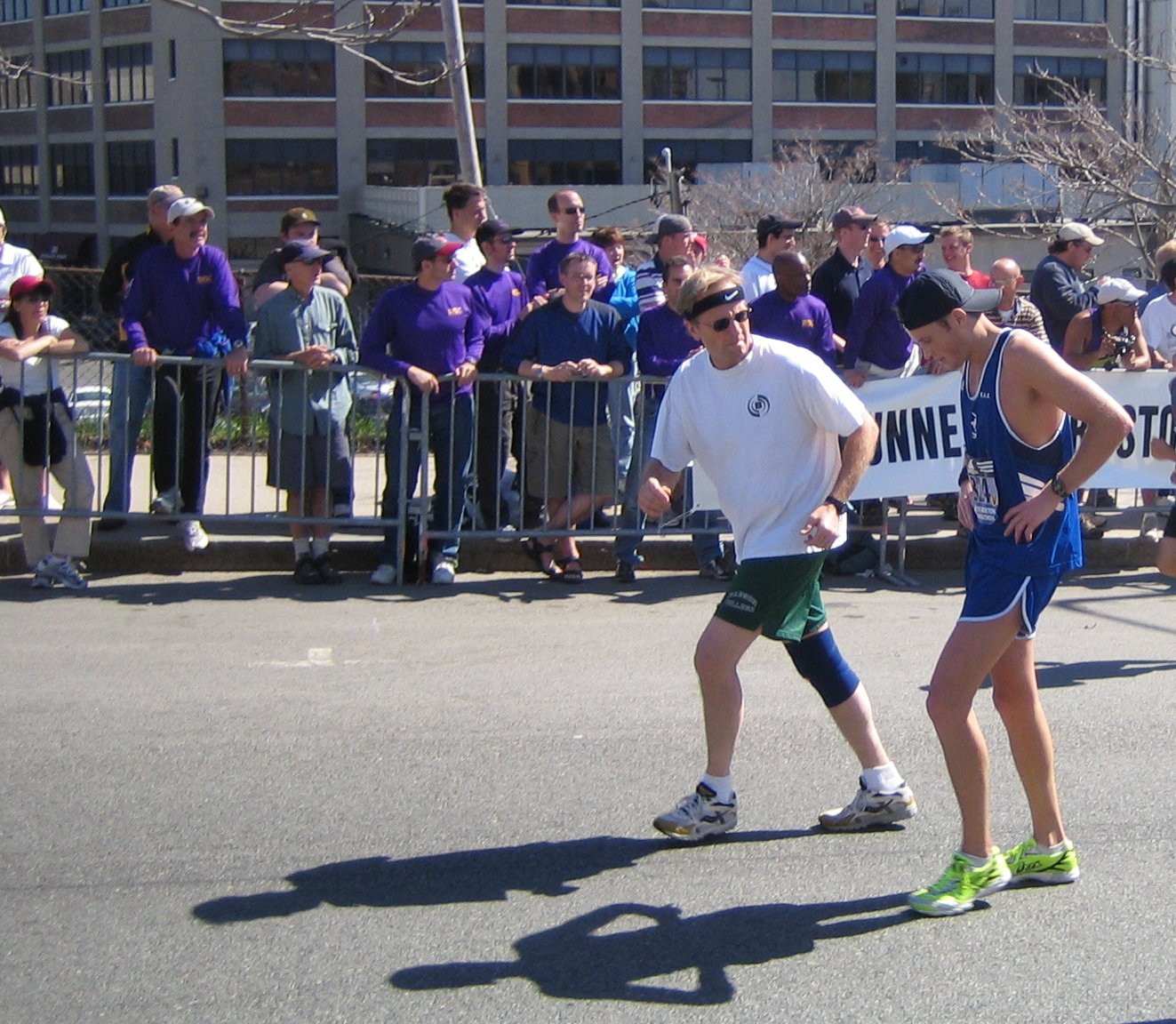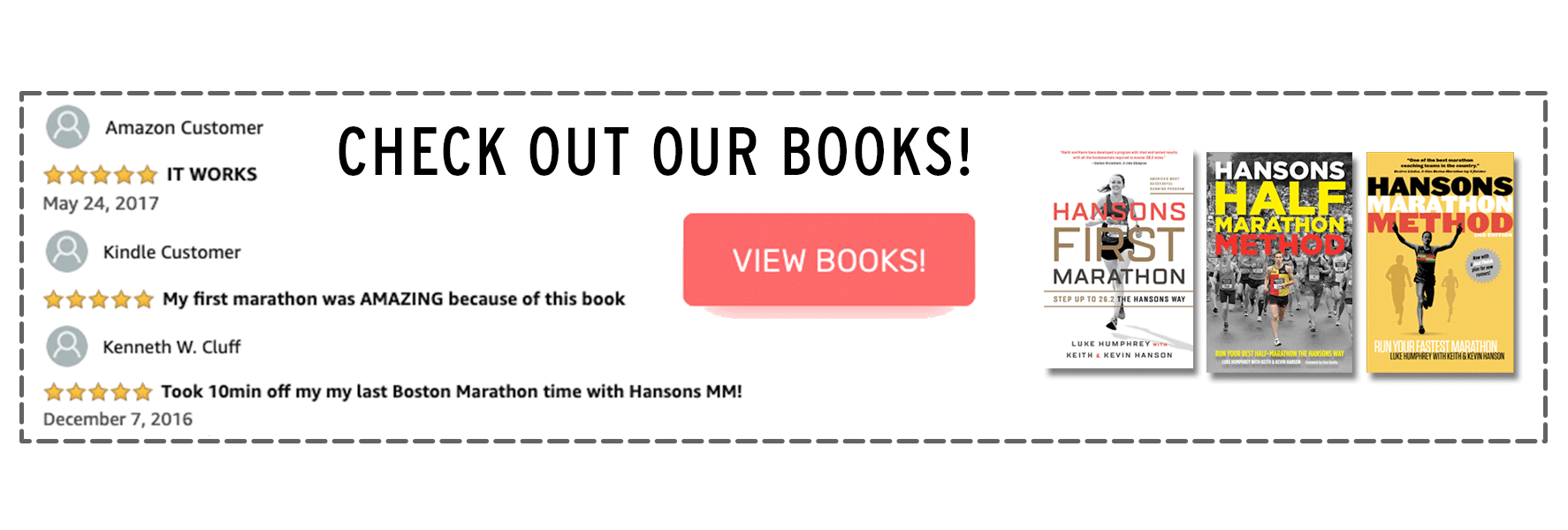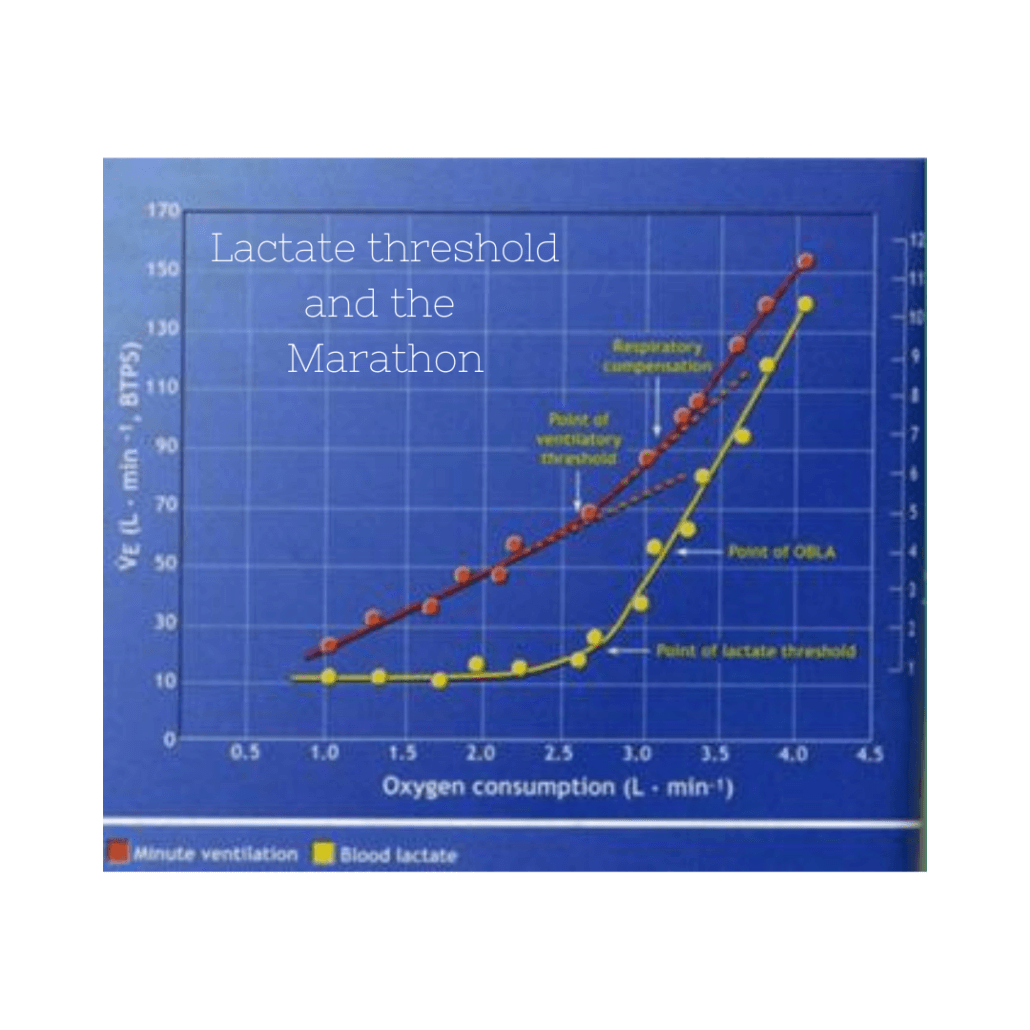What is Cumulative Fatigue? How do I differentiate?

Podcast: Play in new window | Download
This year I have taken a much bigger effort to connect with the thousands of people that have used the Hansons Marathon Method over the last few years. Not because I was unsure if it would work, but rather to make sure I was doing a good job of communicating the main idea of the philosophy: cumulative fatigue. What I learned was well, it is a mixed bag. Some of it is I think people buy the book but just follow the program and wonder why it’s so hard. This is a small group, but there isn’t much more I can personally do if they don’t want to explore why we do what we do. Then there’s the group who do everything by the book (literally) and see success. Then there’s the group that I need to do better job of coaching. With that, my aim is to pull out all the stops with the idea of cumulative fatigue.

What is cumulative fatigue?
Our goal with marathon training and half marathon training is to build a certain amount of cumulative fatigue that develops the strength and preparedness for the marathon.
What exactly is the definition of cumulative fatigue?
Here’s my version of the idea: When fatigue is coming from the culmination of training and not from one specific aspect. The athlete is fatigued, but still able to run strong, and not dip past the point of no return. The end result is that the runner becomes very strong, fit, and able to withstand the physical and mental demands of the marathon distance.
So, what do we do to achieve this end result? To me it’s really about 4 components for the marathon. Balance, Moderate to High Mileage, Consistency, and Active recovery.

What are the components of CF?
As you can see in figure 1, there are four “pillars” I use in reaching a person to reaching cumulative fatigue. We’ve talked about these a lot, so I’ll just link to those discussions.
What I will say here though is that these components all work as part of the entire system.
When you pull one piece out it’s like a giant Jenga tower spilling all over the dining room table.
Then what? You’re just left to pick up the prices and start over.
For instance, let me share with you a common scenario I will see in our Facebook groups. A person starts the program but doesn’t completely by into part of the program. Seemingly, it always has something to do with the idea of a 16 mile long run (insert shocked voice). I feel like one of two things happen. The most popular is that the person doesn’t really think that 16 miles is long enough and make their long runs the typical 20+ miles in a 40 to 50 mile week. However, in order to have enough energy, the rest of the week suffers somehow. A skipped workout here and a shortened tempo run there. Before long, the original training plan is a shadow of its former self, but the runner still feels like they are “following the method.” The second is that the runner believes too much in the 16 mile long run and develop a belief that the program is centered around the long run. They feel like even if they skimp on the rest of the training the 16 miler is all they need.
The bottom line is that the 16 miler alone won’t get the job done. Like any training, or cumulative fatigue component, it’s the sum of parts that makes it successful.

What is the difference between CF and just overtraining?
This is an area where many of you need help fully understanding and I need a better job teaching. I will admit that it’s a very thin line between the two technical stages of training we are discussing. That’s functional overreaching and non functional overreaching.
Common symptoms:
THE DIFFERENCE BETWEEN THE TWO:
When you are in a functional overreaching, you will be tired but your performances in workouts will not suffer.
When you start feeling like crap and your performances are getting worse, you have likely crossed that line into functional overreaching.
Now, there’s always a caveat to these things. Let’s say you were running too fast to begin with and through training hard you’ve slowed down to what you were supposed to be running? If so, I don’t think it’s non functional, rather a correction. Where you will get into trouble is if you continue to try to hit the paces that were too fast. Rather, settle into the proper paces and let your fitness and body come back around. You’ll still feel tired, but as long as performance is stable, you’re ok.
How do I reach CF without going too far?
And here we go. The meat and taters, if you will. There’s a number of things we should do 1) before we even begin training and 2) during the early stages of a training plan that will help immensely with our goal of cumulative fatigue and not over training. From there, we can discuss the things we need to do during training that will help safeguard us while in the hardest sections of the training.
Before we even start:
- At least have a discussion about what your goal is or should be. Many of the folks using the plan for the first time are people who have at least raced before, so choosing a goal makes it a bit easier for them. For those who have no clue as to what they should run should consult a coach or respected runners who will give them a no BS answer. If you recall a discussion we had about Strava data, we should that something like 60-70% of people are running a 4-5 hour marathon and training about 30 miles per week. An hour difference is a big gap, but it at least gives you a starting point to evaluate yourself. A brand new runner who is building from scratch will probably be looking more at the 4.5-5 hour range. A newer runner with a little bit of running underneath them might be looking at the 4-4.5 hour range.
- Look at your schedule outside of running. Do you know of vacations and other gatherings that you know will make training difficult? Big business trips on the horizon? A baby on the way (I don’t think my daughter slept more than an hour or two a night for the first 6 months of her life). I know there’s a lot of unexpected events that pop up, but at least plan for what you know is going to occur. Preparing for these things in advance will not only help you set a more reasonable training goal, but also allow you to absorb the unexpected a little better.
Early in the training:
I made a post about this a bit ago and I think is a must read for everyone new to the idea of cumulative fatigue: Avoiding the early pitfalls of marathon training.
A few keys to take away:
- Let your fitness build, don’t try to force the issue. I see this all the time where people think if fast is good, faster is better. No, running the right pace for what we are trying to accomplish is better. For instance, if your goal is 3:45 and it’s already an attempt at a big PR, then why make it harder on yourself and try to run faster than what is prescribed? I want you at peak fitness for your goal race, not the local school fundraiser 5k.
- Don’t rely on running alone. This one has always been a problem for me. As much as we feel strapped for time, we need to carve more out if we truly want to prepare. I am talking about things like flexibility, dynamic warm ups, core training, and general strength. I know I know. I hear ya and I have fought it forever, too.
- Sleep and proper nutrition are your best friends during a heavy training cycle. This is for your life, aw well. Should be non negotiable.
- Adjust for environment. The summer is a perfect example of this. For an October marathon, you’ll start training in June. This means that a lot of your training will be during the dog days of summer. So many times my athletes will overdo it trying to hit paces that aren’t reasonable given the temperature and humidity. Is it ideal? No, but that’s why we don’t be a ourselves up that we were 15 seconds slow per mile when it was 80 degrees with a dew point of 65 degrees and we’ve only been training for 6 weeks.
If you can do these things, you’ll set yourself up to be able to not only tolerate training, but also maximize your training adaptations during the last 6-8 weeks of the marathon segment (when it really counts). You’ll put yourself in the zone of cumulative fatigue without crossing the threshold into overt training.

What do I do if I take it too far?
The end result of what I saw many folks doing was taking cumulative fatigue into nonfunctional overreaching by the time they got to the strength segment of the marathon plans. If you find yourself in that zone or rapidly approaching it, here’s what I would do.
- Immediately start doing the things we just talked about. Consider vitamins/supplements.
- Spread workouts further apart (Modifying Schedule)
- Tuesday-Friday-Sunday
- Wednesday-Sunday w alternating weekend
- Within a month of race? Start taper now. If you are fried and performance has gone by the wayside, we have to bring you back and quickly. Reducing both volume and intensity is the easiest way to do it.
- Scale back to 2b.
- Focus on lower intensity SOS
- Don’t scale back so much you lose fitness
End Goal
The end goal is two fold. The first is to teach you how to train, regardless of system you use. We want to take you from guessing to knowing the how, what, and why if becoming a runner (regardless of pace, as pace is irrelevant). This is an ongoing process and hopefully incorporated into everything we provide. The second is what you are immediately concerned with- getting to the starting line healthy. I realize that things rarely go perfectly as planned. If you find yourself in such a situation let’s cut our losses, minimize the damage, and get to the starting line in one piece. This will at least allow you to run your race and you still might even just surprise yourself with what you can still accomplish. It certainly doesn’t have to mean throwing in the towel on a training segment!




